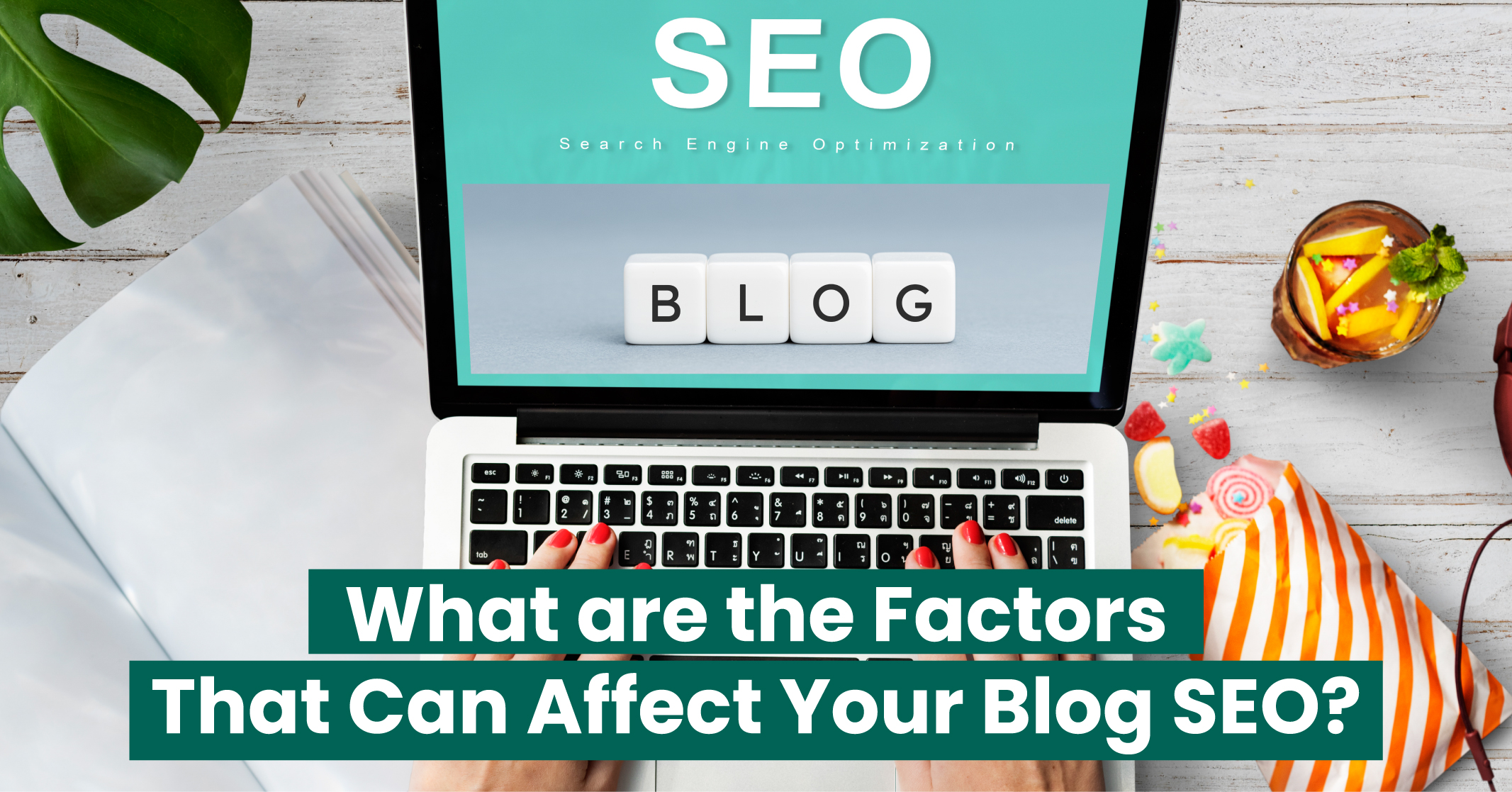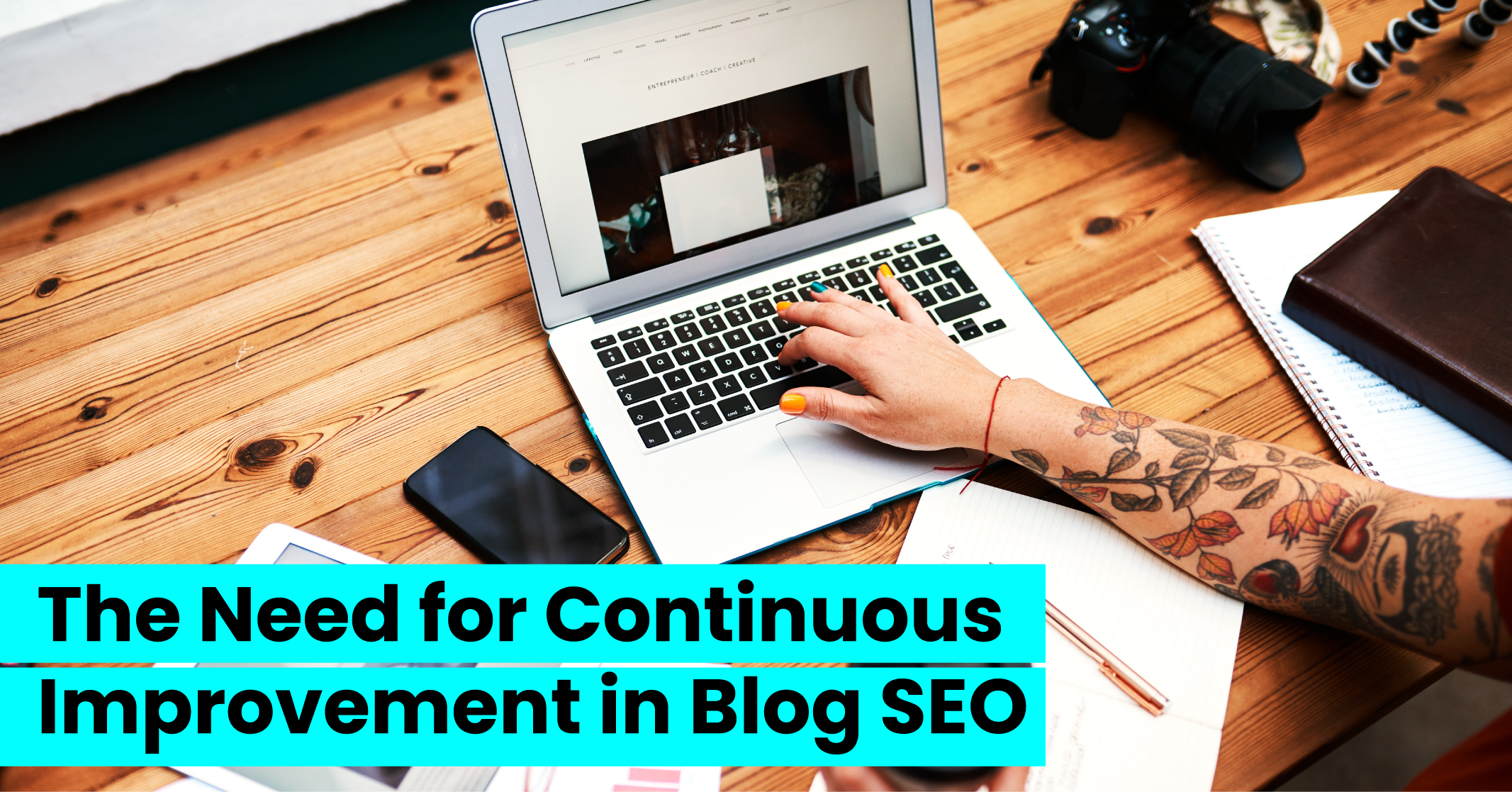Discover the full potential of your blog: Key strategies for maximising your content’s visibility on search engines
Creating high-quality content for your website is not enough. Your content must be optimised for search engines such as Google, Bing and Yahoo so that it can reach your desired audience. is all about making your content more visible and accessible to people who are searching for information on your topic.
What is Blog SEO and Why is it Important?
Click Here – Free 30-Minute Strategy Session
Be quick! FREE spots are almost gone for this Month
Free Quote
Blog SEO refers to the methods and techniques used to enhance a blog’s search engine rankings by creating and updating its content. There are two types of SEO: On-Page SEO and Off-Page SEO.
- Optimisation of content
- Optimisation of post title, meta description & heading tags
- Optimisation of images and internal links
Off-page SEO refers to-
- Optimisation of backlinks and social media shares
What Does the Process of SEO Blog Involve?
- Conduct Keyword Research
The first step of blog strategy is doing keyword research. It helps you identify the keywords and phrases your target audience is searching for, which helps you create content that meets their needs. - Build LinksBuilding links refers to the optimisation of external factors that affect your content’s visibility. From building backlinks to promoting your content on social media; you can get links from other websites.
- Optimise Images
Optimising images is an effective blogging tactic you can use. Start by renaming your image files to something that includes your target keywords. Add descriptive alt tags to your images, which can help search engines understand the content of the image. - Writing SEO-Friendly Content
Researching and identifying relevant keywords and phrases that your target audience is searching for can help you with blog SEO. Ensure the content is well-written, informative and engaging. Use headings and subheadings for search engines to understand the structure and hierarchy of your content.
How Does SEO Blog Help?
Blog marketing is an effective way to improve search engine optimization. It not only helps you optimise your site for important . But also helps to create relevant and keyword-rich content that can improve your organic click-through rate.
The following are the advantages of blogging:
- Helps with index coverage
- Helps add fresh content to the site
- Helps attract quality
- Helps create site pages to link internally
- Helps provide useful information to the audience
Do you want to get more website visits? Or want to increase your sales and revenue? Having a customised blog SEO strategy can help your business.
Here are a few important Blog SEO Practices that you can implement to get the desired results:
- Determine your blog’s intended readership, as this will guide your blogging strategy
- Creating a buyer persona that targets your readership’s buying behaviours, demographics and psychographics
- Conduct keyword research, starting with the topics you plan to cover to find out what kind of content your readers want to read
- Add visuals with descriptive alt text
- Add a catchy title that piques the reader’s interest is essential
- Include a call-to-action relevant to your blog post’s topic
- Use buttons, hyperlinks or widgets

What are the Factors That Can Affect Your Blog SEO?
The various updates to Google’s algorithm can make it difficult to publish blog content that positively impacts SEO. While some ranking factors are considered “old-school,” others remain critical. Below are some of the top-ranking factors that can, directly and indirectly, influence blog SEO.
- Time Spent By The User
Dwell time is the amount of time a user spends on a page on your blog site. The longer a reader spends on a page, the more valuable the content is perceived to be. What To Do?- For short format content, do not manipulate it to change this metric
- Consider using a free blog maker to publish quality content
- Loading Speed Of The Page
The speed at which your blog pages load can affect SEO. Visual elements, unnecessary code and overuse of plugins can contribute to a sluggish blog site.What To Do?- Remove junk code and plugins that affect the front end of your site
- Use tools to find and remove unnecessary code with ease
- Average Responsiveness
More than half of Google’s search traffic comes from mobile devices. Optimising your blog site for mobile is essential for SEO.
What To Do?- Tweak elements like CTA buttons and font size
- Ensure optimal performance on mobile, monitor your site’s performance
- Regularly check the Google Analytics dashboard and conduct mobile site speed tests
- Update Posts
Search engines use the date a post was indexed to determine relevance and accuracy.
- Update older posts with new perspectives and data
- Reindex the page, considering the updated content

What Are The Steps For Optimising Your Blog SEO Content?
- When creating a blog post, it is essential to start with your customer’s questions and concerns and use keyword research to find the words and phrases that they use to find answers.
- Add a compelling title to crucial attract readers and improve search engine rankings.
- Use an outline to organize your ideas and decide the angle and goal of your post, while incorporating videos, statistics, quotes and internal and external links.
- Place keywords strategically throughout the headers, body and URL of the post.
- Cover the topic that meets the intent of your readers to improve click-through rates.
- Try internal linking to and from your blog posts.
- Link to other pages on your website that are relevant to the topic
- Optimise your meta description, which appears in the SERP
- Review metrics regularly with Google’s Search Console
Want to try SEO blogging? Here are essential blogging tips to help you in the long run.
To optimise your blog posts for SEO, it is important to focus on one or two long-tail keywords that keep your post focused on the specific goals of your audience. Creating SEO personas can also help you understand the keyword themes and search habits of your target audience while considering mobile devices is crucial since Google heavily favours mobile-friendly websites.
Additionally, making the most of SEO tools and features in your CMS and focusing on readability can improve the user experience on your blog and increase the chances that your readers will engage with your content.
Common Mistakes to Avoid in Blog SEO
- Keyword Stuffing
- Duplicate Content
- Ignoring Meta Descriptions and Alt Text
- Neglecting Mobile Optimisation
- Forgetting Content Promotion
Are you searching for a way to take blog SEO to the next level? Try these hacks-
- Create pillar content
- Build a strong internal linking structure
- Optimise for featured snippets
- Conduct a content audit
- Implement schema markup
Learn More:What is Pillar Page?

The Need for Continuous Improvement in Blog SEO
Blog SEO is an ongoing process that requires continuous improvement. Implement these tips and strategies to optimise your blog content for search engines and reach your desired audience.
- Remember to regularly analyse your data
- Make changes as needed
- Stay up-to-date with the latest blog SEO trends and best practices.
Do you want to optimize your blog content for search engines? Implement these tips and strategies to move ahead. At Traffic Radius, we help clients ensure there is continuous improvement when it comes to using blogging tactics so that their blog pages can reach their full potential and attract the desired target audience.








LEAVE A REPLY